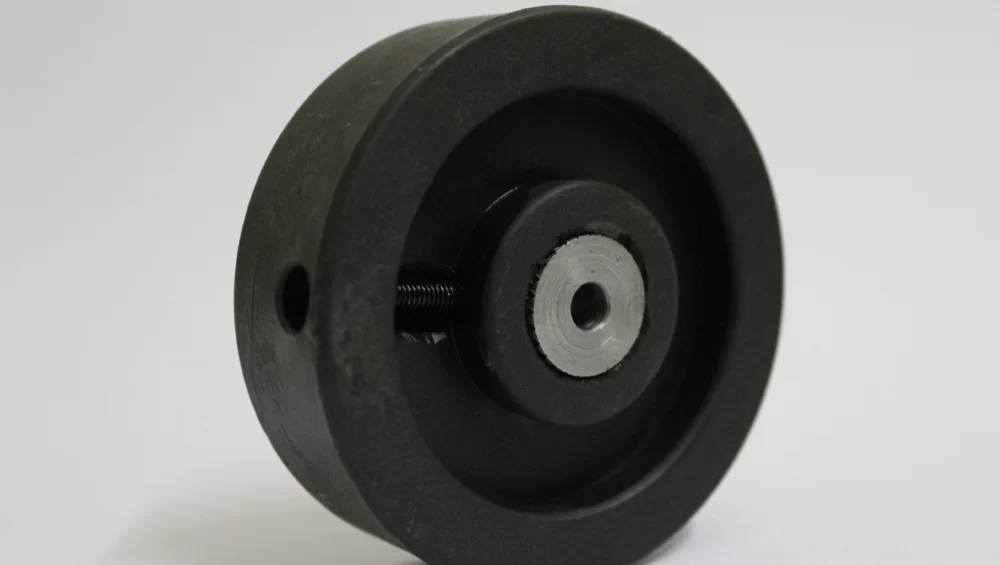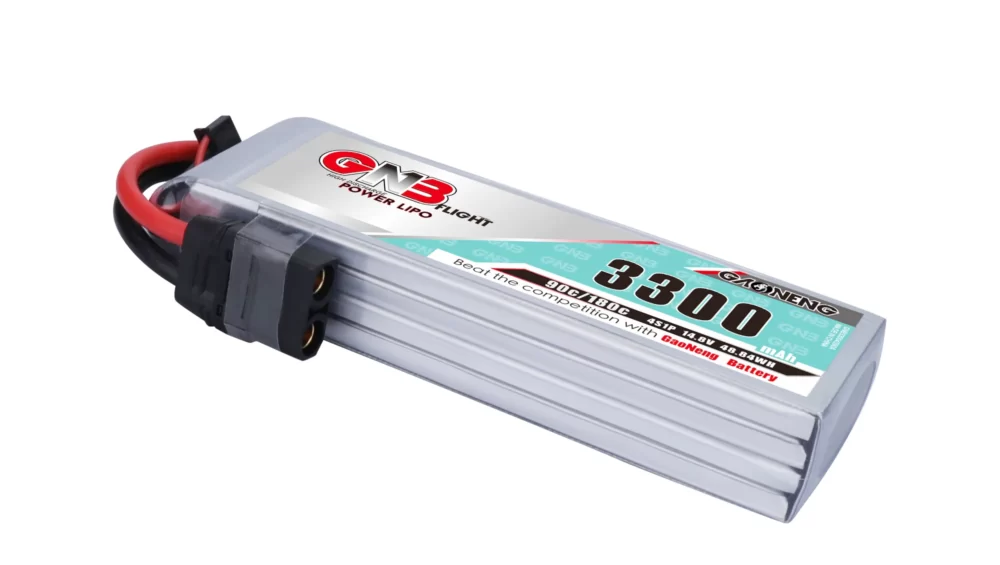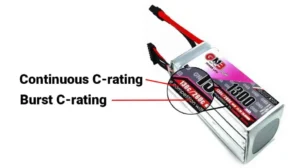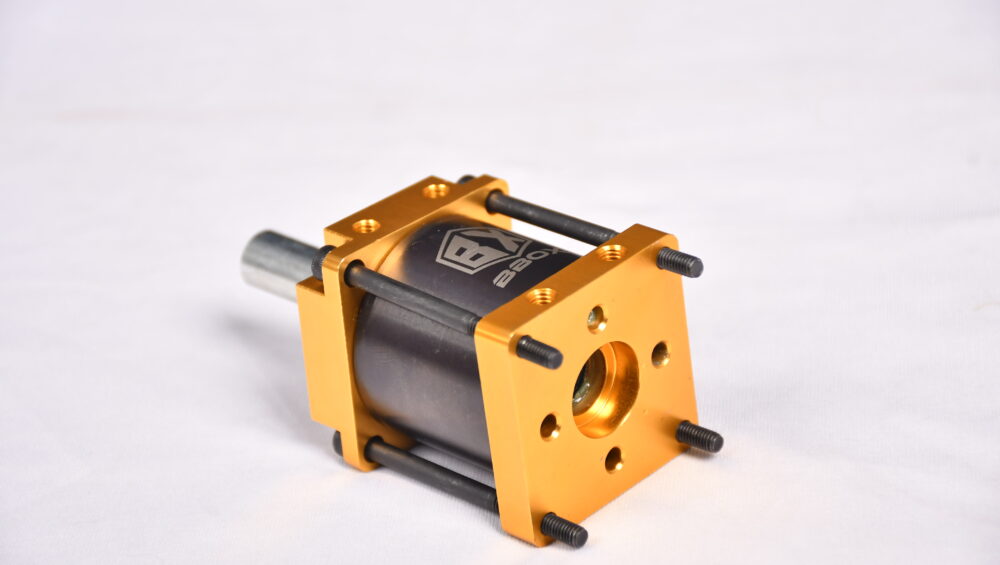Polypropylene Wheels (PP wheels)
Table of Contents
Introduction
Polypropylene wheels: Imperfect but Versatile!
Polypropylene wheels, they’re like totally, you know, super commonly used in like various applications and stuff. They are like um, really durable and versatile and can resist many chemicals and solvents. Here are some key points about these not-so-perfect polypropylene.
Material Composition:
Polypropylene is like a thermoplastic polymer, man, that is like lightweight, tough, and can resist many chemicals and acids, dude. It’s super commonly used in like, you know, a variety of industries because it’s, like, cheap and performs really well.
Applications:
So, these polypropylene wheels are just used everywhere, dude! They’re like, you’ll find them all over the place, you know, in material handling equipment, carts, dollies, food service equipment, medical equipment, and like, dude, so much more.
Features:
So, check it out, man! These polypropylene wheels are pretty tough, like they can handle heavy loads, dude. And like, they’re all resistant and stuff, you know, resistant to chemicals, oils, solvents, everything. So, they’re like perfect for harsh environments, man. And like, they’re super easy to maneuver because they have like, low rolling resistance, you know? And guess what, man? They don’t leave any marks on floors, like, they’re totally non-marking. And, oh yeah, the load capacity of these wheels depends on their size and design, you know? They come in all sorts of load capacities to suit different applications, like that’s so cool, right?
Sizes and Configurations:
Man, these polypropylene wheels come in all sizes and stuff, you know? Like, they got swivel, rigid, brake options and all. And, like, they can even have bearings or bushings for smooth rolling, dude, it’s like super smooth.
Cost-Effectiveness:
Get this, man! These polypropylene wheels are like super affordable, you know? They won’t make you broke like those rubber or polyurethane wheels, dude.
Limitations:
So, yeah, even though these polypropylene wheels are pretty awesome, man, they may not be suitable for like, super heavy-duty applications where there are high load capacities or extreme conditions. So, you know, they have their limits, man.
Polypropylene Wheels in robotics?
Polypropylene Wheels: Imperfect yet Versatile for Robotics Applications!
Mobility: Polypropylene wheels provide, like, tons of mobility to robotic systems by like totally enabling movement across various surfaces and stuff. They can be, like, easily attached to motor shafts or gear assemblies to facilitate incredibly, like, efficient locomotion and stuff.
Weight Consideration: Polypropylene wheels are like super lightweight and stuff, which is, like, totally advantageous in robotics and junk ’cause it helps conserve energy and allows robots to move, like, so much more efficiently and stuff.
Smooth Movement: These wheels, like, typically have low rolling resistance and junk, which I mean, like, allows robots to move smoothly and with, like, way less effort and stuff, ya know? That’s like so crucial for conserving battery power and maintaining precise control and stuff, dude!
Versatility: Polypropylene wheels are, like, you know, soooo suitable for use on different types of surfaces, man, including smooth floors, carpets, and outdoor terrain! That makes them, like, so versatile and stuff for a totally wide range of robotic applications and stuff.
Cost-Effectiveness: Polypropylene wheels are like, you know, pretty cheap compared to other wheel materials and stuff, which makes them such a cost-effective choice for robotic platforms, especially for prototypes and educational projects and stuff.
Durability: So like, okay, while polypropylene wheels may not be as rugged as, like, some other materials or whatever, they still offer, like, enough durability for many robotic applications, ya know? Especially those in controlled environments or indoor settings and stuff.
Customization: Like, dude, polypropylene wheels can be, you know, totally customized in terms of size, shape, and attachment mechanisms and stuff to meet the specific requirements of different robotic platforms and applications and stuff. It’s like, so rad!
Non-Marking Properties: In environments where, you know, marking floors is a concern or something, polypropylene wheels are often, like, totally preferred ’cause they’re non-marking and junk. They leave surfaces, like, so clean and unblemished and stuff, ya know?
Click Here to buy the Polypropylene Wheels








